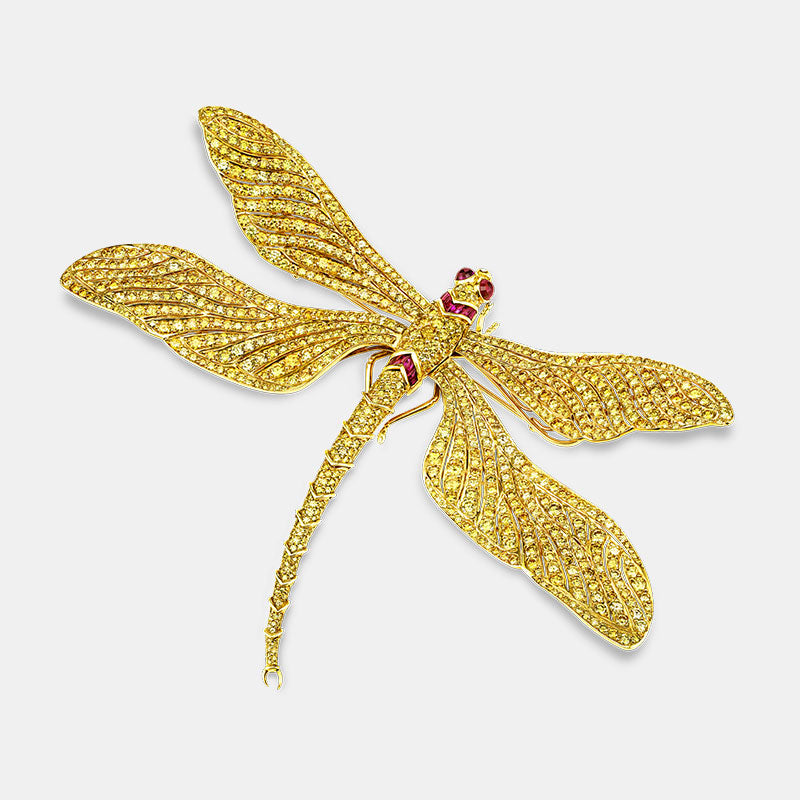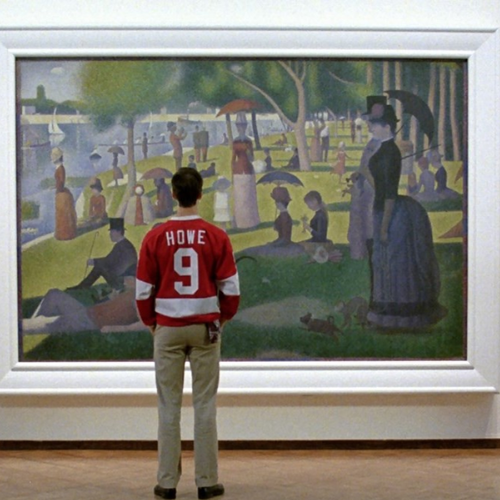Having gained entry into an elite group of Renaissance Masters by exhibiting at the Uffizi Museum, this painting is certainly an acclaim-worthy work of art. Painted by the famed Master of Barberino, Madonna and Child, depicts the title figures flanked by two apostles. What is truly eye-catching are the lush robes draping the subjects. Made from ground lapis, the deep blue that envelopes Mary is a singular, extraordinary pigment known as “lapis lazuli”, sacred blue or sacré bleu.
Taking its name from its tremendous, almost sacred value, lapis lazuli was a costly material equal in value to gold. Mined only in Afghanistan, the stone had to cross a very long trade route. Transportation of this pigment was a dangerous endeavor; the carriers of the product were in constant fear of an attack by robbers. Being of immense value, the painting studios who special ordered lapis would use it sparingly. This piece, however, is virtually awash in the luscious blue hue, a feat that could not have been accomplished except by a special mandate from an extremely wealthy patron. This lapis pigment was a favorite of fresco painters during Medieval and Renaissance times, it can be seen in the fresco paintings of Giotto and the tempera paintings of Fra Angelico. Further planting this work firmly in the Early Renaissance period is the tender exchange between mother and child. In the painting, the Madonna gazes lovingly at Christ while he gently grasps her veil in his hand. This small gesture reflects a significant shift in the 14th century, when artists began to infuse representations of Christ with human qualities.
Capturing a pivotal moment in religious and art history, this painting would fill an important place in your art collection. The Master of Barberino had some of the largest commissions of any Tuscan artist of his day, including those for the churches of Santa Maria Novella and Ognissanti, two of the most important churches in all of Tuscany. I urge you to consider this opportunity to own a piece by this significant early Renaissance painter.








